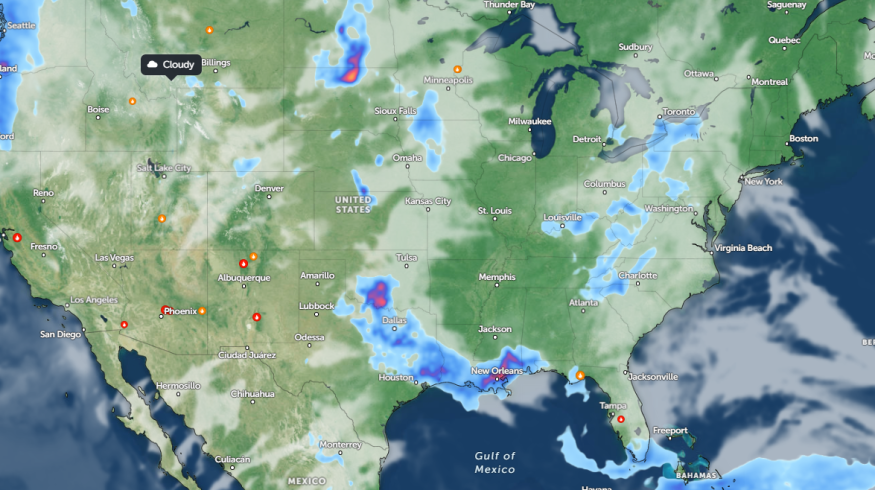The Atlantic hurricane season this year begins June 1. Based on reports, homeowners can anticipate intense storms, especially in parts of the Gulf of Mexico and the Caribbean this year.
According to a report by the National Hurricane Center, the first name storm typically appears or forms in mid to late June. People can likely experience the first hurricane in early to mid-August. Additionally, the hurricane season peak occurs on September 10.
Challenging or stormy conditions can also likely form on Gulf of Mexico, the southeast coasts, the portions the northwestern Caribbean Sea. It is best to stay informed of the latest weather information as hurricane season begins, particularly in areas with frequent hurricane activities.
2024 Atlantic Hurricane Season Forecast: What can Americans expect this year?

A recent weather report warned of potential increased activity prediction of the 2024 Atlantic hurricane season, highlighting the likelihood of more active activities than the previous rain, with possible 20 to 25 storms in prediction.
As hurricanes become more active, the report noted that it could become a record-breaking season, bringing more major hurricanes and tropical storms. These can have potential impacts on the U.S.
Considering the threats of significant hurricanes in the country, homeowners must keep updated with the latest weather information and prepare for challenging weather conditions.
Another aspect of this hurricane season is its hyperactivity and stronger impact. Reports explain the key factors for potential rapid intensification, such as above-average sea surface temperatures in the Atlantic basin. This temperature has been recorded in the Gulf of Mexico and the Caribbean.
The transition from El Niño to La Niña in the Pacific Ocean has also helped unleash a conducive environment to strengthen hurricanes and their formation. Understanding the drivers of rapid development is crucial for better weather prediction.
Based on historical context and comparisons, the report highlights that the 2020, 2021, and 2022 hurricane seasons have seen the La Nina influence on causing above-average storm activity.
More named storms could likely occur in 2024. Due to a weather outlook, a 10% to 15% chance of a record-breaking season is possible. As a result, people in low-lying communities should be prepared for unusual weather activity starting in June. These areas are more vulnerable to flooding concerns, including areas near rivers or streams.
Read also: Northeast Weather Forecast: Much-Awaited Cooler Air to Bring Relief from Recent Intense Heat
Weather preparedness: Important tips for hurricane season
The report shows coastal regions are also at risk this hurricane season, particularly in the Florida Panhandle, Carolinas, and South Florida. These regions are vulnerable to higher-than-average risk for direct impacts.
Additionally, homeowners should stay alert for tropical activities or strong hurricanes, which can cause flooding, flash floods, and hazardous travel. Checking home conditions and needed repairs is advisable, as hurricanes can bring strong winds.
Emergency supplies are essential in this hurricane season. They will be helpful when the situation worsens, causing power outages and inaccessible road conditions.
For more similar stories, don't forget to follow Nature World News.
© 2025 NatureWorldNews.com All rights reserved. Do not reproduce without permission.





